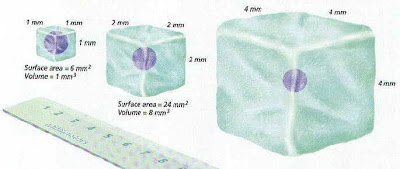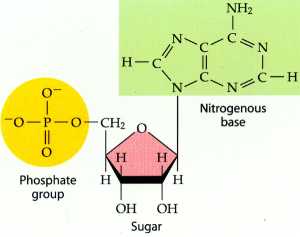Monday
January 28th
What do you think would happen if a cell moved right into the Synthesis phase without making sure that G1 correctly occurred?
To answer this you needed to look and see what happens during the G1 phase. During G1 the cell is growing and building more organelles. If the cell just flew through to the S-phase there could be the chance that the cell had not grown large enough or built enough organelles to continue with the cell cycle.
What would happen if the cell did not properly go through the S phase and moved into G2 then mitosis?
For this questions we need to look at what is happening during the S phase. During the S phase DNA is being replicated. If the cell did not make sure that happened properly the cell may not have made a full copy of the DNA or the newly replicated DNA may be damaged and that will the be passed on to the daughter cell.
The Eukaryotic cell cycle takes MUCH longer than the prokaryotic cell cycle. What are TWO reasons this may be?
Let's think about the differences between eukaryotic and prokaryotic cells. The MAIN difference between eukaryotic and prokaryotic cells is the presence of a nucleus in eukaryotic cells. Therefore, eukaryotic cells must perform mitosis and prokaryotic cells do not. A second reason is that Eukaryotic cells have a LOT more DNA than prokaryotic cells and DNA replication would take much longer.
Tuesday January 29th we then got into notes about the cell cycle and how it was controlled. below I have included some of the information we wrote down.
Thursday January 31st
Cancer is defined the by Uncontrolled division of cells.
Ultimately what is the cause of cancer? (ALL cancer) Mutations in the DNA















































